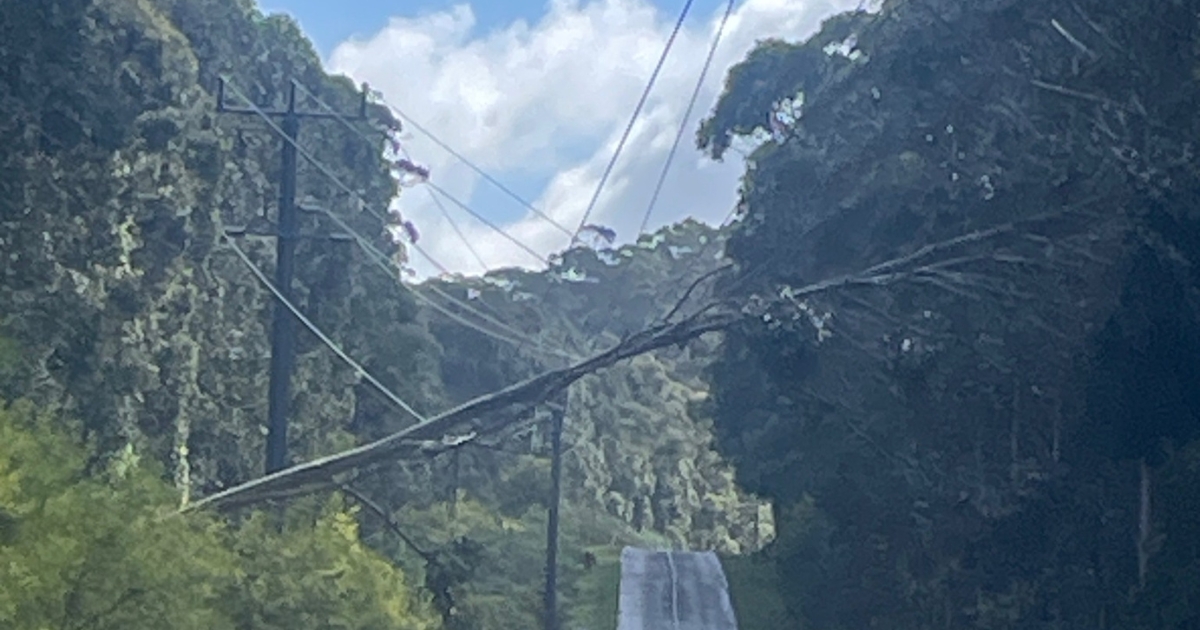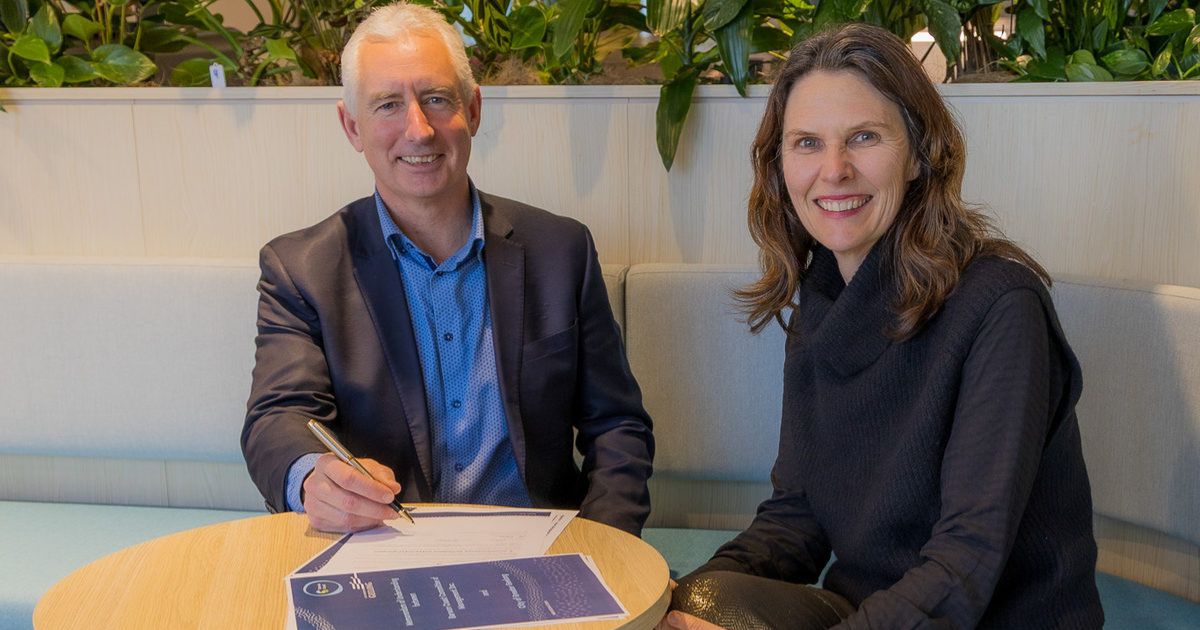Honouring Australia’s forgotten heroes
THE federal government is inviting applications for the second round of its grant program aimed at recognising the service and sacrifice of the veterans who served Australia in World War I.
Across the country, many of these veterans are at rest in unmarked graves with several individuals and volunteer groups working tirelessly to identify and ultimately honour Australia’s service personnel.
Locally, this includes the Victorian iteration of The Headstone Project, which officially launched in March with a focus on the veterans residing in unmarked graves at the Queenscliff cemetery.
The Marking First World War Private Graves Grants Program strives to support these efforts.
Office of Australian War Graves director Tim Bayliss said 330,000 Australians deployed during the First World War and more than 60,000 remained in the soils in which they fought in either Europe or the Middle East.
About 270,000 Australians returned home.
“Not only did they go through the first most industrial war that was ever felt at that time, they came back to a fairly immature Australia – barely 17 years old at that time – and with immature systems of how to support them,” Mr Bayliss said.
“They then experienced the Spanish flu and then they went through the Great Depression, and as a result of all this turmoil in their lives, a lot of them became disconnected to their family, disconnected to their communities, and some of them – many of them – perished in unmarked graves, pauper’s graves, as a result.
“In some ways, I think Australia owes them a debt.”
In response to the rising cost of living, and to ensure the funding provided through the program remains meaningful to the community groups it aims to support, this year grants have been increased by $170, with up to $620 available per grave.
Last year, the program provided funding for 42 graves of veterans whose death was not related to their war service, with an additional 44 veterans identified to be eligible for official War Grave status and commemoration, funded in full by the federal government.
“I’m really, really happy that this program is there supporting local community that get involved in identifying these fellow Australians who served their country,” Mr Bayliss said.
“What the federal government does in this regard provides a small contribution that allows them to mark their graves with dignity.”
He said that caring for the people who died more than 100 years ago for the freedoms we now enjoy was still both relevant and important.
“I’m very, very grateful for organisations, such as The Headstone Project, that take on this work, free of charge, work the long hours, that [do] the research, finds these veterans and makes the best effort to do them justice so we recognise their service and sacrifice going forward.
“I link it back to who we are as people and as Australians and that this is still important for us to do.”
For more information, or to submit a grant application before November 5, visit dva.gov.au/wargraves


















